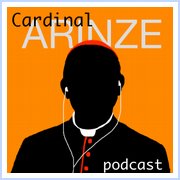On the mantel of a quiet suburban home here stands a curious object resembling a small set of organ pipes nestled into a neat, white case. At first glance it does not seem possible that such a complex, curving form could have been folded from a single sheet of paper, and yet it was.
The construction is one of an astonishing collection of paper objects folded by Dr. David Huffman, a former professor of computer science at the University of California, Santa Cruz, and a pioneer in computational origami, an emerging field with an improbable name but surprisingly practical applications.Derived from the Japanese ori, to fold, and gami, paper, origami has come a long way from cute little birds and decorative boxes. Mathematicians and scientists like Dr. Huffman have begun mapping the laws that underlie folding, converting words and concepts into algebraic rules.
...
Computational origami, also known as technical folding, or origami sekkei, draws on fields that include computational geometry, number theory, coding theory and linear algebra. This weekend, paper folders from around the nation will gather at the Fashion Institute of Technology in New York for the annual convention of Origami USA. At an adjacent conference on origami and education, Dr. Robert Lang, a leading computational origamist, will give a talk on mathematics and its application to origami design, including such real-world problems as folding airbags and space-based telescopes.
I should really major in this. It always amazes me how smart people can be. Right now I'm reading
Maps and Civilization and the idea that people could map the world, accurately, without seeing it from above is amazing. This college education really isn't teaching me the good stuff.
# posted by Squach : 9:58 AM
|




